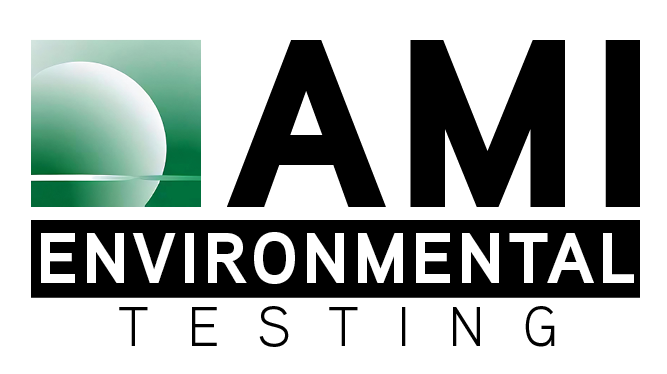Ventilation and indoor carbon dioxide (CO2) testing stand at the forefront of efforts to ensure indoor environments are healthy, sustainable, and conducive to well-being. Environmental consultants are the first line of defense for mitigating environmental risks in homes and facilities.
Ventilation, the process of exchanging indoor and outdoor air, is integral to maintaining indoor air quality. Effective ventilation systems remove pollutants, regulate temperature, and replenish oxygen levels, safeguarding occupants from respiratory issues and other health concerns. Environmental consultants meticulously evaluate ventilation systems, considering factors such as occupancy, activities, and outdoor air quality. Through assessment and testing, they identify areas with inadequate airflow and stagnant zones, guiding the implementation of solutions to optimize ventilation effectiveness.
Carbon dioxide testing serves as a necessary tool in this process. Elevated CO2 levels signify poor ventilation, indicating a potential buildup of pollutants and compromised indoor air quality. Consultants use CO2 measurements to pinpoint ventilation deficiencies and recommend targeted interventions, such as adjusting ventilation rates or installing mechanical ventilation systems.
The synergy between ventilation assessment and CO2 testing extends beyond health considerations. It contributes to energy efficiency and sustainability by optimizing airflow while minimizing energy consumption. Properly designed ventilation systems reduce heating and cooling costs, thereby lowering carbon emissions and advancing environmental goals.
The combined efforts of assessing ventilation and conducting CO2 testing are essential for creating healthier, more comfortable, and environmentally responsible indoor environments.
For more information regarding carbon dioxide testing, contact AMI Environmental.



